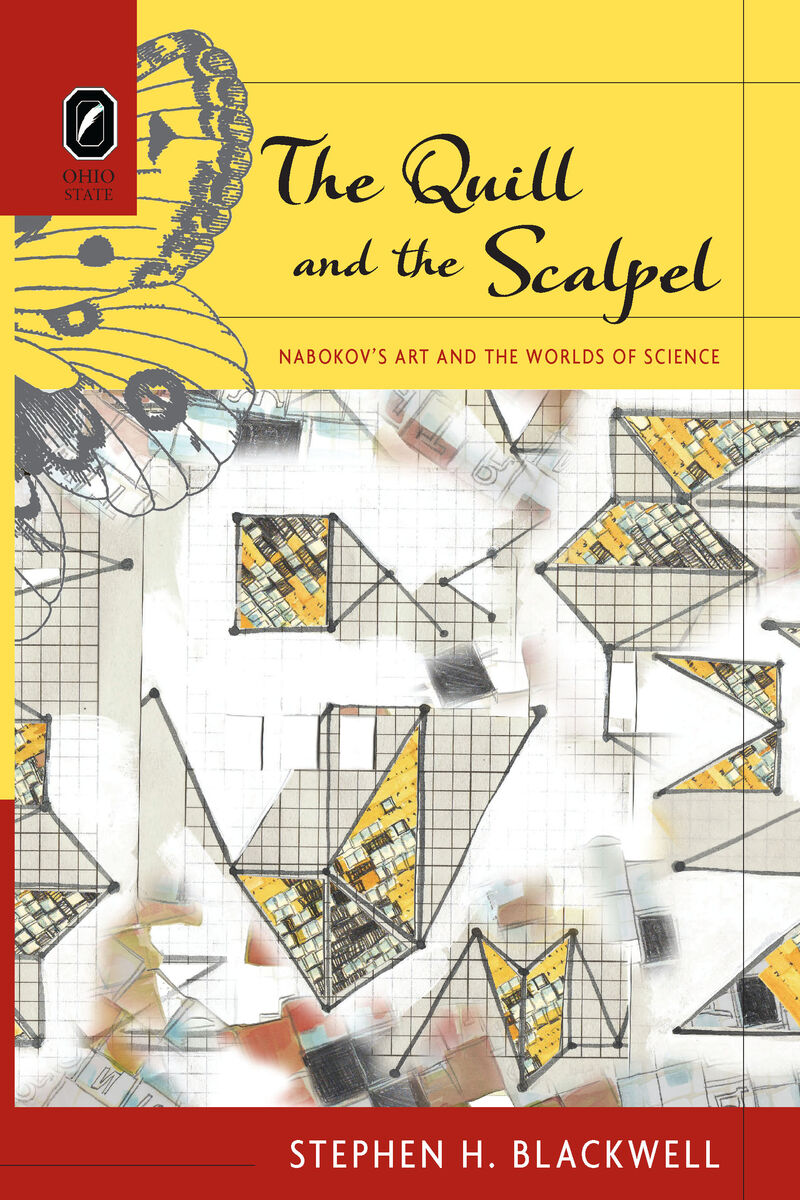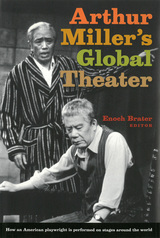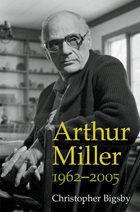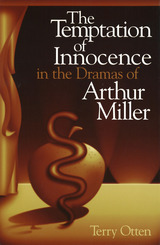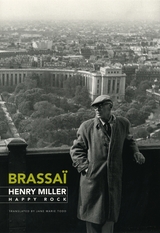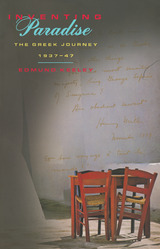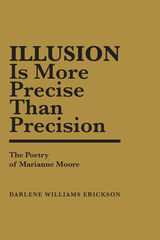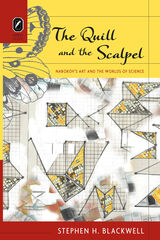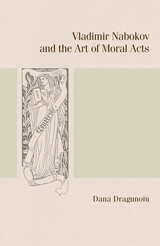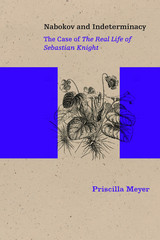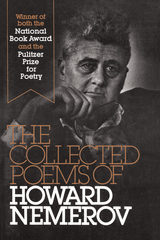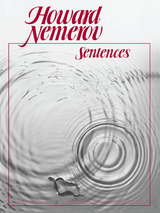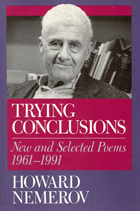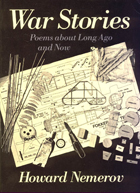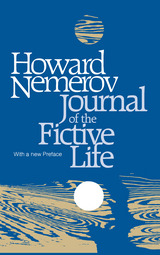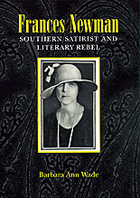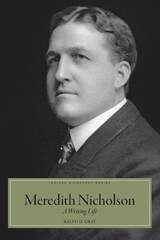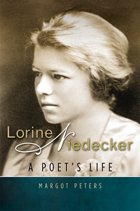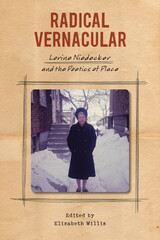The Quill and the Scalpel: Nabokov's Art and the Worlds of Science
The Ohio State University Press, 2009
Paper: 978-0-8142-5225-3 | eISBN: 978-0-8142-7142-1 | Cloth: 978-0-8142-1099-4
Library of Congress Classification PS3527.A15Z63 2009
Dewey Decimal Classification 813.54
Paper: 978-0-8142-5225-3 | eISBN: 978-0-8142-7142-1 | Cloth: 978-0-8142-1099-4
Library of Congress Classification PS3527.A15Z63 2009
Dewey Decimal Classification 813.54
ABOUT THIS BOOK | AUTHOR BIOGRAPHY | REVIEWS
ABOUT THIS BOOK
Most famous as a literary artist, Vladimir Nabokov was also a professional biologist and a lifelong student of science. By exploring the refractions of physics, psychology, and biology within his art and thought, The Quill and the Scalpel: Nabokov’s Art and the Worlds of Science,by Stephen H. Blackwell, demonstrates how aesthetic sensibilities contributed to Nabokov’s scientific work, and how his scientific passions shape, inform, and permeate his fictions.
Nabokov’s attention to holistic study and inductive empirical work gradually reinforced his underlying suspicion of mechanistic explanations of nature. He perceived chilling parallels between the overconfidence of scientific progress and the dogmatic certainty of the Soviet regime. His scientific work and his artistic transfigurations of science underscore the limitations of human knowledge as a defining element of life. In provocative novels like Lolita,Pale Fire,The Gift,Ada, and others, Nabokov advances a surprisingly modest epistemology, urging skepticism toward all portrayals of nature, artistic and scientific. Simultaneously, he challenges his readers to recognize in the arts a vital branch of human discovery, one that both complements and informs traditional scientific research.
See other books on: 1899-1977 | Art and science | Nabokov, Vladimir Vladimirovich | Quill | Science and the humanities
See other titles from The Ohio State University Press
